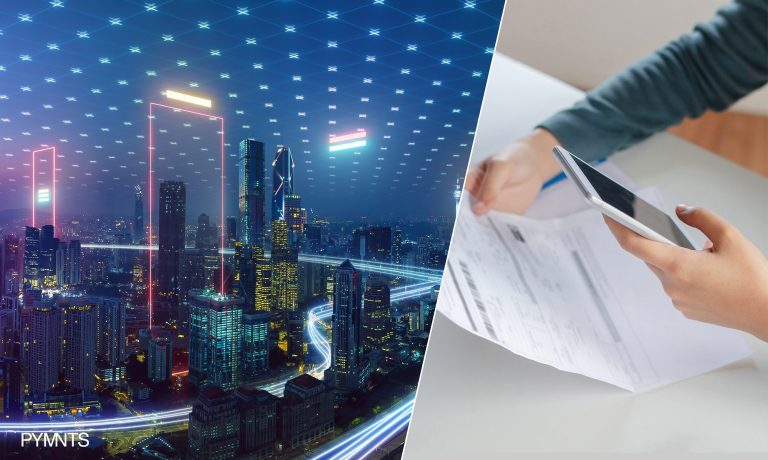Real-Time Payments Gives Consumers Better Way to Manage Paying Bills

United States households pay more than $3 trillion in bills each year, including mortgage, rent, auto loans, utilities, cable and a host of other services, according to a recent report. The average family spends more than $24,000 each year on bill payments. On top of that sum are the costs of paying bills — including those associated with credit, late fees, overdraft fees and identity fraud. Everyday bill payments eclipse even large expenses such as healthcare or life insurance, forming the core of every household’s annual spending.![]()
Real-time bill pay could significantly mitigate many common payment frustrations. Online bill pay through instant payment portals can reduce late payments and payment fees and offer households more control of their finances. Knowing that their payment will go through on time means that households do not need to deal with the unanticipated expenses of late fees or bounced payments.
The “Real-Time Payments Tracker®” examines how real-time bill pay can solve many consumer and corporate challenges.
Around the Real-Time Payments Space
Paying bills is often more difficult for consumers than it should be, according to a February 2023 PYMNTS study. The high cost of bill payment was consumers’ top challenge, reported by 27% of digital payers, followed by inconvenience and a lack of features. More than half of consumers surveyed said they want more security, less friction and more choice in paying bills.
![]() The desire for an online bill pay portal may be due to the growing popularity of mobile payment apps for other use cases. A recent study found that 87% of consumers use a banking app at least once per month, a 2% increase year over year, and 82% use digital payments with the same frequency. Tap-to-pay and P2P payments are the most popular mobile payment methods.
The desire for an online bill pay portal may be due to the growing popularity of mobile payment apps for other use cases. A recent study found that 87% of consumers use a banking app at least once per month, a 2% increase year over year, and 82% use digital payments with the same frequency. Tap-to-pay and P2P payments are the most popular mobile payment methods.
For more on these and other stories, visit the Tracker’s News and Trends section.
How Conduent Solves Bill Pay Problems With Real-Time Payments
Consumers face many challenges when paying everyday bills, especially the time gap between submitting the payment and the recipient accepting it. Real-time bill pay removes this critical knowledge gap and offers customers a more holistic view of their financial circumstances.
To get the Insider POV, PYMNTS talked with Kathy Mertes, vice president and executive leader for digital payments at Conduent, on how real-time payments can solve common bill pay challenges.
Leveraging Real-Time Payments to Solve Bill Pay Challenges![]()
Americans pay trillions of dollars in bills yearly, but this everyday process is far from seamless. A recent PYMNTS study found that 52% of consumers encountered at least one pain point regarding the bill pay process, such as missing payment features or a lack of payment options. Real-time payments could be a critical tool in solving these pain points and streamlining payments and collection methods for these bills.
To learn how real-time payments improve the bill pay experience for consumers and make life easier on recipients’ accounts receivable, read the Tracker’s PYMNTS Intelligence.
About the Tracker
The “Real-Time Payments Tracker®,” a collaboration with The Clearing House, examines how real-time bill pay can solve many consumer and corporate challenges.